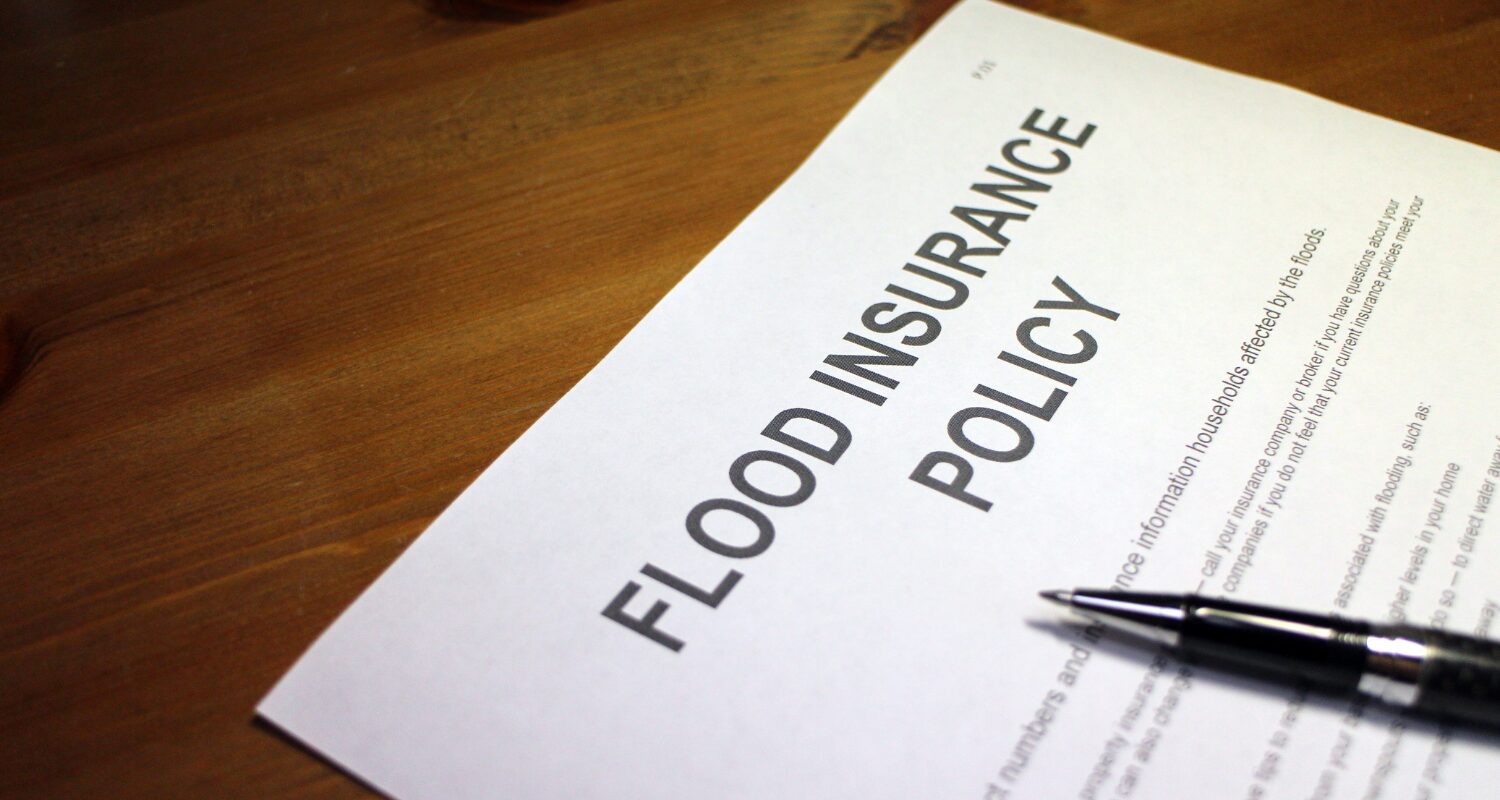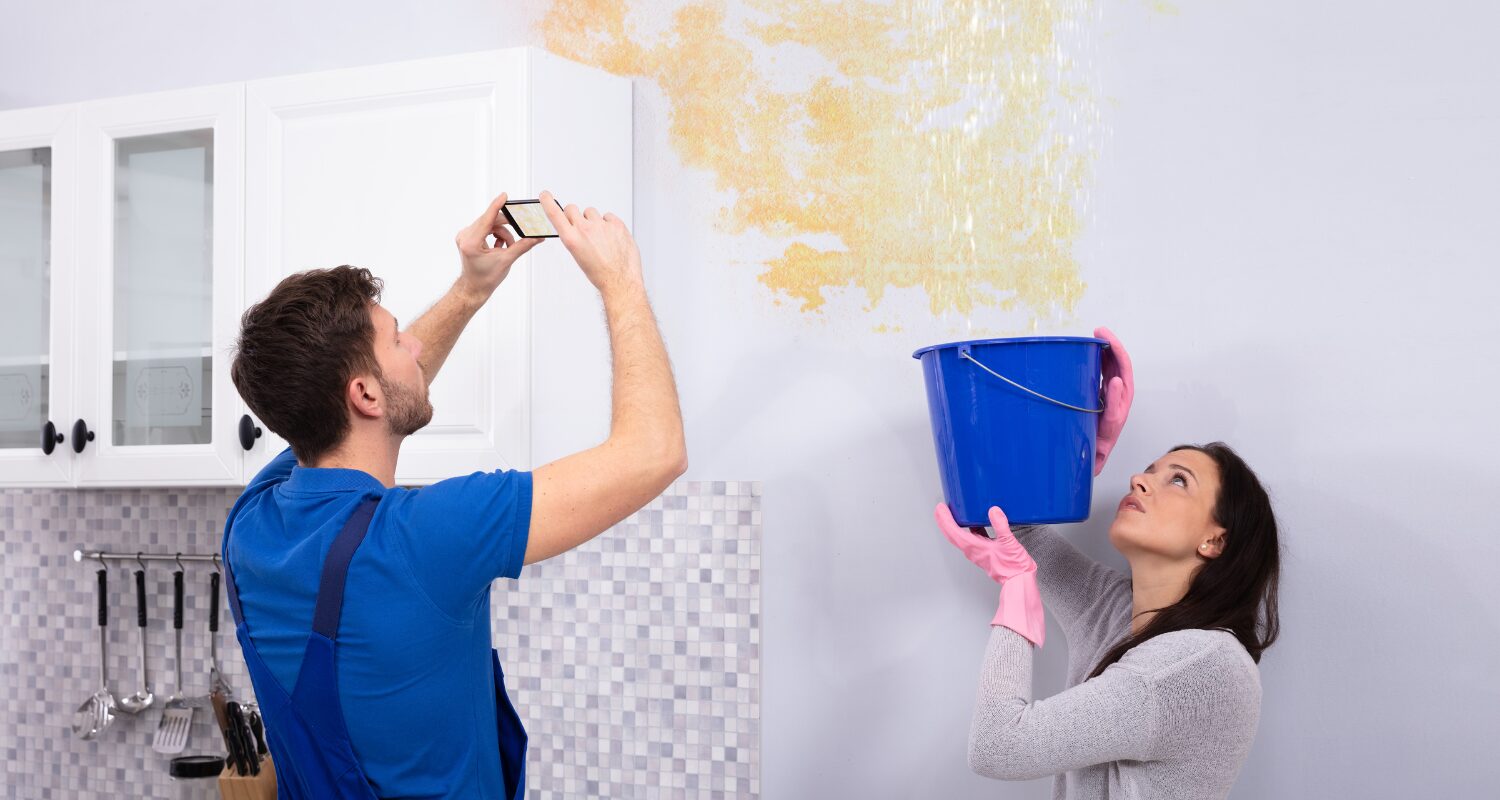
Understanding Water Damage Insurance Coverage And Types Of Water Damage Covered
Water damage can be a devastating and costly problem for homeowners. From burst pipes to appliance malfunctions, water damage can occur unexpectedly and cause significant damage to your home and belongings.
Understanding water damage insurance coverage is crucial for protecting your investment and ensuring peace of mind.
This article provides a comprehensive guide to water damage insurance coverage, helping you navigate your policy and know what to expect if disaster strikes.
Let’s get right into it.
What Is Water Damage Insurance?
Water damage insurance is a component of a standard homeowner’s insurance policy that covers certain types of water-related damage.
It is important to distinguish water damage insurance from flood insurance, which covers damage caused by external water sources like heavy rainfall and overflowing rivers.
Water damage insurance typically covers damage from internal sources such as plumbing issues, HVAC system failures, and accidental overflows.
Differences Between Water Damage And Flood Insurance
Flood insurance is a separate policy often required for homes in flood-prone areas. According to the Insurance Bureau of Canada (IBC), water damage from internal sources is one of the most common home insurance claims, whereas flood damage is not covered under standard homeowner’s policies.
Understanding these distinctions is vital for ensuring you have the appropriate coverage for all potential water damage scenarios.
Types Of Water Damage Covered
Sudden and Accidental Water Damage
Most standard homeowner’s insurance policies cover sudden and accidental water damage. This includes damage caused by unexpected events such as burst pipes, washing machine overflows, and other appliance malfunctions. These incidents are typically covered because they are unforeseen and can result in significant damage if not addressed promptly.
Water Damage from Plumbing Issues
Plumbing issues, such as leaks or overflows, are also commonly covered under water damage insurance. For instance, if a pipe bursts due to a cold snap, the resulting water damage would likely be covered by your policy.
Water Damage from HVAC Systems
Malfunctioning HVAC systems, including air conditioners and water heaters, can cause significant water damage. Most policies cover damage resulting from the sudden failure of these systems, provided the failure is accidental and not due to a lack of maintenance.
Sewer Backup and Water Backup Coverage
Sewer backup and water backup coverage are typically add-on options for homeowner’s insurance policies. These cover damage caused by sewage or water backing up into your home through drains, toilets, or sump pumps. According to the IBC, adding this coverage is highly recommended, especially for homes with basements or in areas prone to heavy rainfall.
Types Of Water Damage Not Covered
Gradual Water Damage
Damage resulting from gradual wear and tear or lack of maintenance is usually not covered. For example, slow leaks that have been occurring over time without being addressed would be considered a maintenance issue rather than a sudden event.
Flood Damage
As mentioned, flood damage from external sources like heavy rainfall or storm surges requires separate flood insurance. According to the Government of Canada, only 10-15% of Canadian homeowners have flood insurance, highlighting the importance of understanding the limitations of standard policies.
Water Damage from Negligence
If the damage is due to negligence, such as failing to fix a known issue or not maintaining your home properly, your claim may be denied. Insurance policies expect homeowners to perform regular maintenance and address any issues promptly.
How to Determine Your Coverage
Reviewing Your Homeowner’s Insurance Policy
To understand your water damage coverage, thoroughly review your homeowner’s insurance policy. Look for sections that detail water damage, exclusions, and specific conditions. Policies can vary significantly, so it’s important to know exactly what is covered.
Key Terms and Conditions to Look For
Pay attention to key terms such as deductibles, limits, and exclusions. Deductibles are the amount you pay out of pocket before insurance kicks in, while limits refer to the maximum amount your policy will pay for a covered loss. Exclusions detail specific situations or types of damage not covered by your policy.
Importance of Understanding Policy Language
Insurance policies are often filled with jargon and legal terms. If you find the language confusing, consider consulting with your insurance agent to clarify any ambiguities. Understanding your policy fully can prevent unpleasant surprises during the claims process.
Filing a Water Damage Claim
Steps to Take Immediately After Discovering Water Damage
- Document the Damage: Take photos and videos of the affected areas and damaged items. This documentation will be crucial for your claim.
- Mitigate Further Damage: Take immediate steps to prevent further damage, such as shutting off the water supply, moving undamaged items to a safe location, and starting the drying process.
How to File a Claim with Your Insurance Company
Contact your insurance provider as soon as possible to report the damage. Provide them with all necessary documentation, including photos, videos, and a detailed inventory of damaged items. Your insurance company will guide you through the claims process.
What to Expect During the Claims Process
An insurance adjuster will likely visit your home to assess the damage and determine the payout amount. They will provide an estimate for the repairs, and you will work with your insurance company to finalize the claim. The timeline for this process can vary, but prompt communication and documentation can help speed it up.
Tips for Maximizing Your Coverage
Regular Maintenance and Inspections
Perform regular maintenance and inspections of your home’s plumbing, HVAC systems, and other potential sources of water damage. Keep records of these maintenance activities to support your claims if needed.
Upgrading Home Systems
Consider upgrading old plumbing and HVAC systems to modern, more reliable versions. These upgrades can reduce the risk of water damage and may even lower your insurance premiums.
Adding Optional Coverages
Consider adding optional coverages, such as sewer backup and increased limits, to your policy. These additional coverages provide extra protection and peace of mind.
Real-Life Examples and Case Studies
Success Stories of Homeowners with Adequate Coverage
Consider the case of a Toronto homeowner who experienced a burst pipe in the middle of winter. Thanks to their comprehensive water damage coverage, their insurance policy covered the cost of repairs, preventing significant financial loss.
Examples of Claims Denied Due to Policy Exclusions
On the other hand, a homeowner in Vancouver faced a denied claim because the water damage resulted from a slow leak that had been ignored for months. This example highlights the importance of regular maintenance and addressing issues promptly.
Lessons Learned from Real-Life Scenarios
These real-life scenarios underscore the importance of understanding your policy, performing regular maintenance, and having adequate coverage for various types of water damage.
The Role of Professional Assistance
When to Hire a Public Adjuster
If your claim is complex or if you feel the insurance company is not offering a fair settlement, consider hiring a public adjuster. These professionals work on your behalf to ensure you receive the maximum payout.
The Role of Water Damage Restoration Companies
Water damage restoration companies provide immediate response and mitigation services. They can help minimize the damage and speed up the recovery process, often working directly with your insurance company.
Frequently Asked Questions (FAQs)
- What is the difference between water damage and flood damage?
- Water damage is typically caused by internal sources like plumbing failures, while flood damage is from external sources like heavy rain or storm surges. Flood damage requires separate insurance.
- How can I tell if my homeowner’s insurance covers water damage?
- Review your policy and look for sections detailing water damage coverage, exclusions, and conditions. Consult with your insurance agent for clarification.
- What should I do immediately after discovering water damage?
- Document the damage, mitigate further damage, and contact your insurance provider to start the claims process.
- How can I prevent water damage in my home?
- Regular maintenance, inspections, and timely repairs of plumbing and HVAC systems can prevent water damage.
- What types of water damage are typically not covered by insurance?
- Gradual damage, flood damage, and damage due to negligence are usually not covered.
- How do deductibles and limits affect my water damage coverage?
- Deductibles are the amount you pay out of pocket before insurance covers the rest. Limits are the maximum amount your policy will pay for a covered loss.
- Can I add coverage for water damage not included in my standard policy?
- Yes, you can add optional coverages like sewer backup or increase your coverage limits for better protection.
- How long does the water damage claims process usually take?
- The timeline varies, but prompt communication and thorough documentation can expedite the process.
- What are common reasons for water damage claim denials?
- Claims are often denied due to gradual damage, negligence, or exclusions specified in the policy.
- How can I choose the right insurance policy for water damage coverage?
- Compare policies, understand the coverage and exclusions, and consider additional coverages based on your home’s risk factors.
Conclusion
Understanding water damage insurance coverage is essential for protecting your home and finances. By knowing what your policy covers, performing regular maintenance, and being prepared to file a claim, you can ensure you are well-protected against unexpected water damage. Regularly review and update your insurance policy to keep pace with your needs and changes in your home’s condition.


